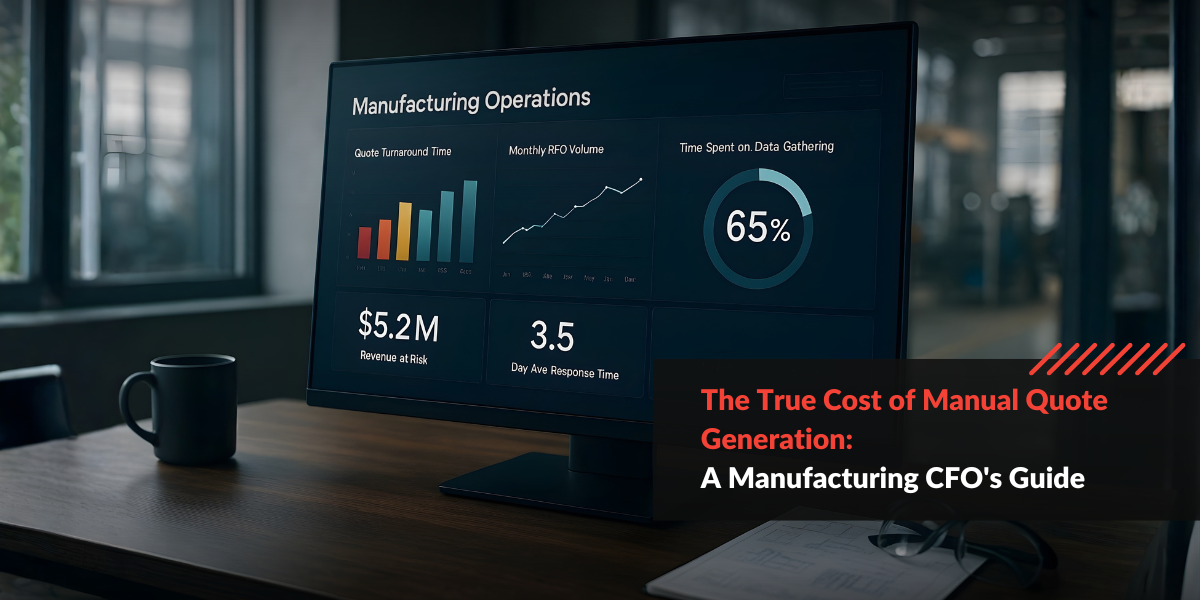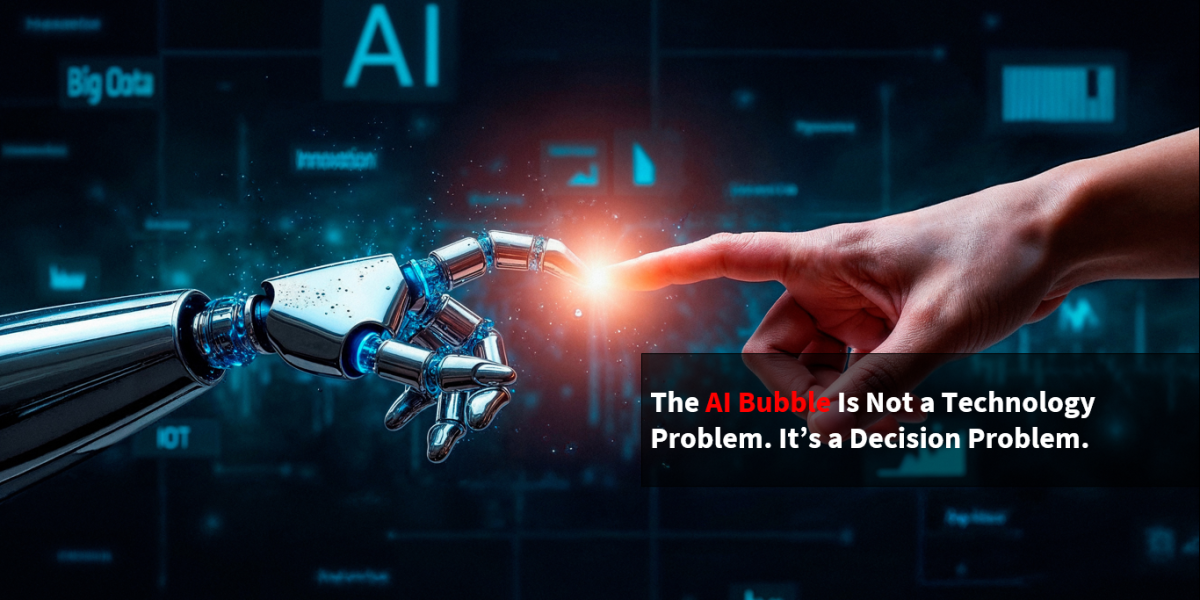For business leaders navigating the complexities of digital transformation, understanding the criticality of a well-architected data foundation is paramount. It’s about recognizing that before AI can transform data into actionable insights or operational efficiencies, the data itself must be organized, clean, and accessible.
In an era marked by an exponential increase in data, with global data creation projected to reach a staggering 180 zettabytes by 2025, the imperative for businesses to adeptly manage this deluge is more critical than ever. This burgeoning volume of data holds the key to unlocking new opportunities—from spawning innovative offerings to mitigating regulatory risks. Yet, the boon of data can quickly become a bane for organizations ill-prepared in their data management strategies, transforming potential avenues for innovation into insurmountable challenges.
Success in the digital age hinges not merely on the accumulation of vast data reserves but on the ability to access, govern, and leverage this information seamlessly and securely, thereby paving the way for effective adoption of AI Automation. In this blog, we will delve into why a robust data foundation is crucial, how to lay the groundwork through comprehensive data audits, the art of structuring your data landscape, ensuring the integrity and security of your data, and maintaining its relevance.
The Significance of a Solid Data Foundation
A robust data foundation is paramount for the seamless operation of AI Automation, playing a crucial role in the system’s accuracy, efficiency, and adaptability. Incorporating the concept of a data fabric architecture elevates this foundation by dynamically orchestrating data from a myriad of sources across hybrid and multi-cloud environments.
This advanced orchestration ensures that data, regardless of its origin, becomes accessible, reliable, and secure—key attributes for making data business-ready for AI applications. By knitting together disparate data silos into a coherent, unified system, a data fabric architecture not only streamlines the process of data integration but also significantly enhances the AI system’s ability to generate accurate insights and make informed decisions.
The digital ecosystem, marked by an ever-expanding volume and complexity of data, laying down an integrated and agile data foundation is not merely a strategic asset—it’s an indispensable element for any business aiming to leverage AI for sustained growth and competitive advantage.
II. What is Data Fabric?
A data fabric is an architectural framework that enables seamless data management across disparate sources, environments, and platforms. It’s designed to dynamically orchestrate data from various locations—be it on-premises data centers, public clouds, private clouds, or a combination thereof. This orchestration ensures that data is consistently accessible, reliable, and secure, providing a unified and business-ready dataset for AI and analytics applications.
Why is Data Fabric Important?
The significance of data fabric in today’s business landscape cannot be overstated. Here’s why:
- Simplifies Data Management: By automating data integration, governance, and orchestration tasks, a data fabric reduces the complexity inherent in managing data across diverse environments. This simplification is crucial for organizations looking to scale their data infrastructure without exponentially increasing their operational burden.
- Enhances Data Accessibility and Quality: A data fabric ensures that data, no matter where it resides, is easily accessible to those who need it. It supports real-time data services and APIs, enabling businesses to draw insights and make decisions based on the most current data available. Additionally, by providing a comprehensive view of data across the enterprise, a data fabric helps maintain high data quality and consistency.
- Facilitates AI and Analytics: For AI and analytics initiatives to be successful, they require access to vast amounts of integrated, high-quality data. A data fabric provides this by ensuring that data is not only accessible but also in a format that AI algorithms and analytics tools can easily consume and process.
- Supports Compliance and Security: With the increasing emphasis on data privacy regulations and the rising risks of data breaches, a data fabric enhances data security and compliance. It does so by implementing robust data governance policies across all data sources and providing mechanisms for data encryption, anonymization, and access control.
- Agility and Innovation: In a fast-paced business environment, the ability to quickly adapt to changes and innovate is a key competitive advantage. A data fabric supports this agility by enabling organizations to swiftly integrate new data sources and technologies, thus accelerating the development and deployment of new services and applications.
III. Laying the Groundwork with Comprehensive Data Audits
Before embarking on the journey of integrating a data fabric into your organizational architecture, understanding the current state of your data infrastructure through comprehensive data audits is crucial. These audits are foundational in identifying potential gaps, assessing readiness for AI initiatives, and ensuring that your data infrastructure can fully leverage the benefits of a data fabric.
Understanding the Current State of Data Infrastructure
Data audits provide a clear picture of the existing data landscape, offering insights into the strengths, weaknesses, and opportunities for improvement. This understanding is essential for strategically planning the integration of a data fabric, ensuring it aligns with the organization’s data management needs and AI goals.
Identifying Data Sources
The first step in conducting a data audit is to catalog all data sources within the organization. This includes not only traditional databases but also cloud storage solutions, SaaS applications, and unstructured data repositories. Identifying these sources lays the foundation for understanding the diversity and complexity of the data ecosystem.
Assessing Data Quality
Once data sources are identified, the next step is assessing the quality of data they contain. This involves evaluating the accuracy, completeness, and consistency of the data.
Mapping Data Flows
Understanding how data moves through your organization is another key aspect of data audits. Mapping data flows helps in identifying bottlenecks, redundancies, and potential security vulnerabilities. It also provides insights into how data integration and orchestration can be optimized with a data fabric.
Diversity of Data: Structured and Unstructured
As we delve into the essentials of crafting a robust data foundation for AI Automation, a common misconception may arise— that a strong data foundation necessitates strictly structured data. However, it’s crucial to understand that the strength of AI Automation lies in its ability to harness the power of both structured and unstructured data with remarkable efficiency.
The Power of Unstructured Data in AI Automation
Unstructured data, from emails and social media interactions to images and videos, constitutes a significant portion of the digital universe. Unlike structured data, which fits neatly into databases and spreadsheets, unstructured data is more complex and varied. The ability of AI Automation technologies to process, understand, and derive insights from this type of data opens up a vast landscape of opportunities for businesses. It allows for a more nuanced understanding of customer behaviors, market trends, and other critical business insights that structured data alone might not reveal.
Building a Data Foundation That Accommodates All Data Types
Creating a data foundation for AI Automation does not restrict an organization to structured data alone. Instead, it involves developing an architecture—bolstered by the dynamic capabilities of data fabric—that can seamlessly manage, integrate, and analyze both structured and unstructured data. This inclusive approach ensures that businesses can leverage the full spectrum of their data assets to drive innovation and operational excellence.
Standardizing Data Formats
One of the first steps in robust data structuring is standardizing data formats across the organization. Consistency in data formats eliminates the need for complex data transformations and allows AI systems to process data from different sources seamlessly. This standardization facilitates smoother data ingestion, integration, and analysis processes.
Developing a Data Taxonomy
Creating a data taxonomy involves classifying and categorizing data into a structured format that reflects the organization’s operations and objectives. This standardized classification system enhances data discoverability and usability, making it easier for AI systems to locate and apply relevant data for specific tasks or analyses.
Once this foundation is in place, industries like real estate are primed to reap the benefits of intelligent automation. From predictive analytics to smart asset management, hyperautomated real estate portfolios are already demonstrating how strategic AI deployment can drive both revenue growth and cost savings.”
Implementing Data Integration Solutions
To achieve a comprehensive view of the organization’s data landscape, implementing data integration solutions is crucial. These solutions consolidate data from disparate sources into a unified platform, ensuring that AI systems have access to all relevant data. Effective data integration supports a holistic analysis, drawing insights from across the organization’s entire data ecosystem.
The value of your data cannot be overstated. It’s a vital resource that demands meticulous planning, vigilant management, and continuous improvement. The process of architecting a data foundation for AI Automation requires a forward-thinking approach, one that recognizes the transformative potential of well-organized data. This isn’t merely about keeping pace with technological advancements; it’s about setting the stage for groundbreaking innovation, operational excellence, and competitive differentiation.
Architecting a robust data foundation is the first step in unlocking the full potential of AI Automation. It’s a strategic endeavor that can propel your business towards unprecedented success in the digital era. The time to act is now—position your organization at the forefront of innovation by ensuring your data foundation is strong, agile, and ready for the future of AI Automation. Get in touch to understand how you can prepare your data for implementing AI Automation.
Well-designed data architectures empower AI systems that go beyond data management to drive operational excellence. For instance, AI automation in manufacturing has demonstrated remarkable cost savings and quality improvements, as detailed in our analysis of AI automation advantages in manufacturing operations.




